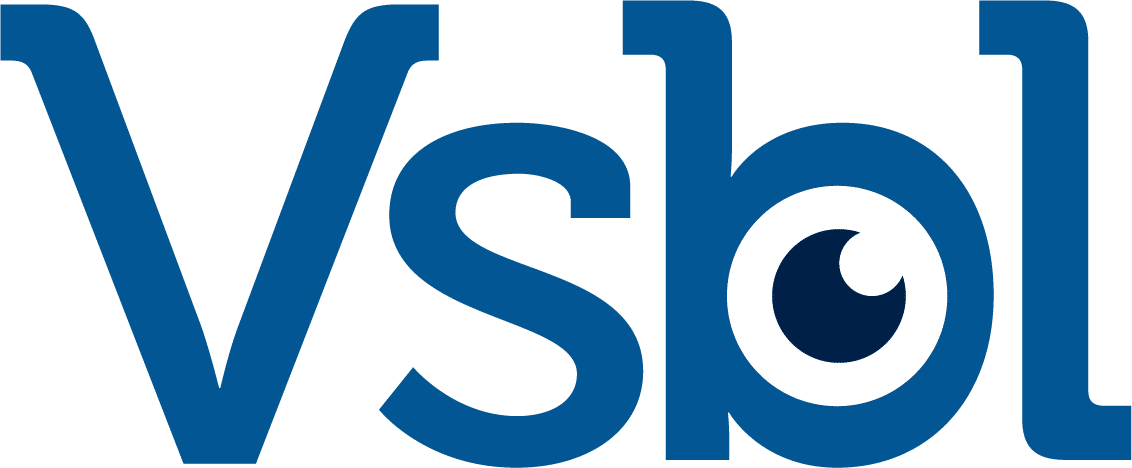Discover the game-changing strategy of social selling in the B2B realm. It is not just a buzzword; it’s a strategic approach that leverages the power of social media to engage with potential clients, build relationships, and ultimately drive business growth.
This guide explores what social selling is, the importance of creating a strategy, the best networks, how to get started, and some useful tools to optimize your social media presence. Let’s start with the fundamentals.
What is Social Selling?
Social Selling is a modern B2B sales approach using social media for connections, relationship-building, and sales. Unlike traditional sales methods that rely solely on cold calls and emails, social selling is rooted in engagement, conversation, and providing value to prospects.
Selling on social media is not just about making sales pitches; it’s all about being active on relevant social platforms, sharing content, nurturing relationships, and building trust and credibility for conversions. Consistently offering insights, answering questions, and providing solutions builds trust, making potential clients more likely to choose you when they’re ready to buy.
Now, let’s understand why crafting a social selling strategy is essential before diving into platforms and tools.
Create a Social Selling strategy first
In social selling, a B2B-centric, well-defined strategy serves as the compass that guides your efforts and maximizes your chances of success. A well-crafted social selling strategy provides direction, purpose, and the means to consistently engage with and convert potential clients through social media platforms.
Here are several compelling components of a social selling strategy you should consider before diving into the digital landscape:
- Clear objectives: A strategy defines goals, target audiences, and how to achieve them, preventing aimless efforts.
- Unified branding: Ensures consistent and trustworthy branding across social media channels.
- Relevant content: Identifies effective content types for your audience, ensuring engagement.
- Measurement and adaptation: Establishes KPIs for tracking progress and data-driven improvements.
- Competitive edge: Differentiates from competitors with tailored approaches and unique selling points.
Next, let’s explore the best platforms to use.
What are the best platforms for Social Selling?
Regarding B2B social selling, LinkedIn is the unrivaled powerhouse among social media platforms. It’s not just a networking platform; it’s a goldmine for professionals looking to connect, engage, and convert potential clients.
Here are some social selling tips and reasons why LinkedIn is a must-use social selling platform:
- Professional audience: LinkedIn is a hub for professionals, making it ideal for B2B engagement.
- Data insights: It provides valuable user data, enabling precise targeting and tailored messaging.
- Content sharing: Encourages industry thought leadership through content sharing.
- Networking: Offers diverse ways to connect with prospects and engage in meaningful conversations.
- Sales Navigator: A dedicated tool for advanced prospect identification and engagement.
- InMail: Reach out to users beyond your network, especially decision-makers.
X (formerly Twitter) is another valuable platform for social selling, especially when it comes to real-time engagement and relationship-building. Here’s why X should be a part of your social selling strategy:
- Real-time engagement: Join industry conversations, use hashtags, and connect instantly.
- Direct communication: Engage through public conversations and DMs, demonstrate expertise.
- Valuable content: Share industry news, blogs, and resources to establish authority.
- Network building: Follow and interact with decision-makers and influencers.
- Analytics: Track engagement metrics and demographics for strategy improvement.
Leveraging both platforms strategically maximizes reach and success in social selling. Next, let’s dive into initiating social media selling.
How to get started with Social Selling
Embarking on your B2B social selling journey on LinkedIn and X can be highly rewarding when executed effectively. Here’s a step-by-step guide to get you started:
- Optimize your profile: Ensure your profile is complete and highlights your expertise with a high-quality picture, attention-grabbing headline, and compelling summary.
- Define your audience: Specify your ideal prospects based on industry, job titles, company size, and location.
- Share valuable content: Regularly post industry insights and engage with others’ content.
- Join relevant groups: Participate in groups aligned with your industry or audience interests.
- Personalize connections: Craft personalized connection requests.
- Build trust: Focus on nurturing relationships and offering solutions.
- Seek referrals: Don’t hesitate to ask for introductions.
- Strategic InMail: Use InMail on LinkedIn with tailored messages focused on value.
- Use Sales Navigator: Consider this LinkedIn premium tool for advanced prospecting.
- Measure and adapt: Track performance and adjust your approach.
- Stay consistent: Dedicate regular time to networking and engagement.
Remember that successful social selling on LinkedIn or X is not about quick wins; it’s about building enduring connections and adding value to your network. Next, let’s explore five essential tools to boost your social selling efforts.
4 key Social Selling tools you need to succeed
Having the right tools at your disposal in social selling can significantly enhance your effectiveness. Here are four essential social selling tools, including the perfect tool, Vsbl, that can help you succeed in your B2B social selling endeavors:
- Vsbl: A user-friendly social selling tool that simplifies content creation and sharing for busy sales teams. It offers integrated reminders and mobile optimization to effortlessly enhance your social selling efforts.
- LinkedIn Sales Navigator: A premium tool for LinkedIn offering advanced search, lead recommendations, and real-time insights.
- HubSpot Sales: Comprehensive CRM with email tracking, automation, and LinkedIn Sales Navigator integration for streamlined lead management.
- Leadfeeder: Identify website visitors and track behavior, integrating with Google Analytics to provide valuable leads.
Selling on social media has become an indispensable strategy in the B2B landscape, and mastering it can yield significant results.
By leveraging social media platforms like LinkedIn and X, using essential social selling software like Vsbl, and adopting a well-crafted strategy, you can effectively connect with your target audience, build trust, and ultimately drive sales.
Remember, B2B social selling is not just a trend; it’s a dynamic approach that can continuously evolve to keep you top-of-mind for the people in your industry.





